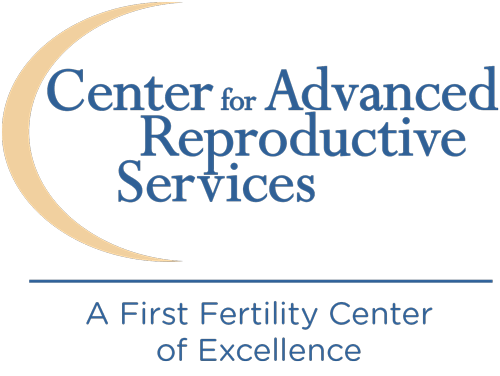- Why Choose Us
Success Stories
Our Facilities
Academics/Research
- Start Your Journey
- Family Building Programs
Integrated Health & Wellness
- News & Video
Video Library
News + Events
Contact Us
- Patient Portal
Online Payments
- For Physicians
The Center for Advanced Reproductive Services is a part of the First Fertility family of centers. Learn More About The Center.
Family Building for Gay Male Couples & Individuals
We have helped numerous gay men who wish to become parents and have a child that is biologically related. There are several options for treatment, but in all cases, gay couples and individuals who wish to have children will need an egg donor, as well as a surrogate to carry the pregnancy.
Egg Donation and Gestational Surrogacy
The process involves choosing both an egg donor, and, a gestational carrier. The egg donor can be from the Center’s egg donor program, or through one of the high quality donor agencies we use, or a commercial egg bank.
After the two are chosen, the egg donor undergoes in vitro fertilization (IVF) to produce multiple eggs. Mature eggs are retrieved through a simple procedure under ultrasound guidance. We then expose the retrieved eggs to sperm and transfer the resulting embryos to the gestational carrier, the uterus of another women that has been specially prepared to receive the embryos. The eggs can be fertilized with the sperm of one or both partners. The gestational carrier carries and delivers a child for individuals who cannot carry their own pregnancy and has no genetic link to the fetus that she carries.
How a Gestational Carrier Works
Prior to initiating a cycle, the intended parents and their carrier undergo medical, psychological and legal counseling. Some people have an identified gestational carrier they have already selected. Other couples use a service we have available that screens and contracts a carrier for them. In this second scenario, the carrier is compensated for her time and effort. The carrier uses medication to prepare her uterus, while the parents begin their stimulated IVF cycle with or without the use of an egg donor. The eggs and sperm are used to produce embryos that are then transferred in to the uterus of the gestational carrier. If a pregnancy is achieved, the carrier will be followed for about 6 weeks with us, and then discharged to an obstetrician to continue the prenatal care. For more information about gestational carrier success rates at The Center, please click here.
Cryopreservation
Cryopreservation, or freezing of embryos, allows for storage of excess embryos for later use. During a traditional cycle of IVF, we usually transfer one or possibly more embryos to the uterus to maximize the chance of conception while minimizing the likelihood of a multiple pregnancy. If pregnancy does not occur during the stimulated cycle, the frozen embryos may be thawed and transferred to the uterus during a spontaneous menstrual cycle. If conception does result from the initial stimulated cycle, cryopreserved embryos can be used later in an attempt to achieve another pregnancy.


